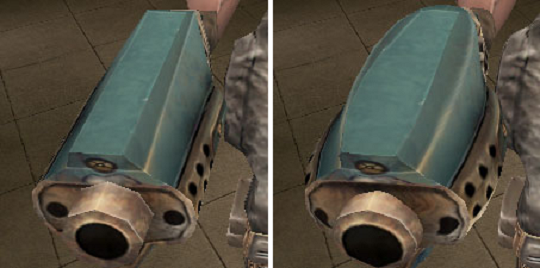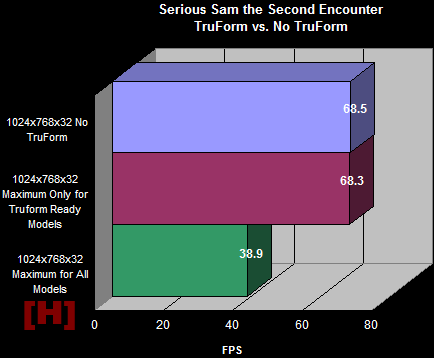BrotherMichigan
Limp Gawd
- Joined
- Apr 8, 2016
- Messages
- 376
...people playing games today are much more savvy than they were 10-20 years ago.
I'm just going to go out on a limb here and guess you weren't playing games 20 years ago, or at least weren't concerned with the features or the hardware you were using to do so. Back when ATi introduced Truform (an early implementation of a tessellation engine) with the Radeon 8500, you didn't see a bunch of users or tech websites touting it as the next big thing that was going to revolutionize the industry and leave nVidia completely in the dust. Because it was a technology that required developer support and had some... interesting quirks (see below), it was just seen as an intriguing new feature that you could care about or not; it didn't completely define the product.

![[H]ard|Forum](/styles/hardforum/xenforo/logo_dark.png)


